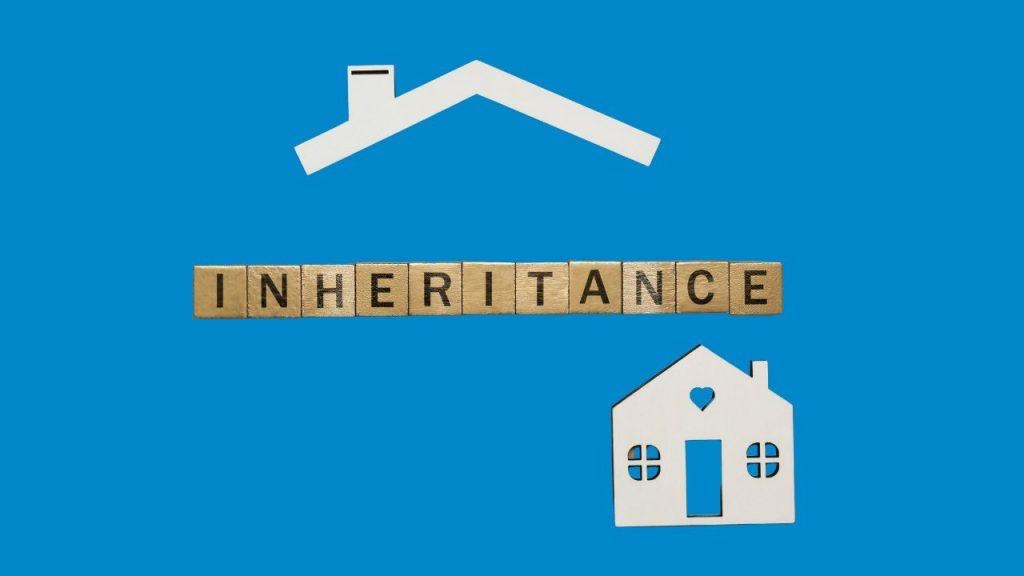One of the most common questions business owners face is how much they should pay themselves. The answer depends on several factors, including the type of business, its profitability, and long-term goals. A tech or software company, for example, may prioritize reinvesting large sums back into the business in the early years while keeping the founder’s salary low. In contrast, service-based businesses—often with lower overhead and higher profit margins—may allow owners to take home a larger paycheck sooner.
Before determining your salary, it’s crucial to start with your business goals in mind. Are you focused on aggressive growth? Are you maintaining a lifestyle business with steady cash flow? Understanding your objectives will help you structure your compensation in a way that supports your business’s long-term success.
The Importance of Business Structure
How you compensate yourself is largely influenced by your business structure. Keeping business funds separate from personal finances is a crucial first step. Your legal entity determines how you take money out of the business and how it is taxed.
Sole Proprietors and Single-Member LLCs
If you operate as a sole proprietor or single-member LLC, you pay yourself by taking owner’s draws or distributions from the business account. This can be done by writing a check to yourself or electronically transferring funds. At a minimum, these transactions should be recorded for tracking and tax purposes.
It’s important to note that as a sole proprietor or a partnership, you are taxed on the profits of the business regardless of whether you withdraw the money or leave it in the business account. These are pass-through entities, meaning the business’s profits flow directly to your personal tax return.
Partnerships
If your business is structured as a partnership, the compensation process is similar. Each partner takes distributions based on the percentage of ownership outlined in the operating agreement. While this can sometimes be flexible, it’s important to have clear agreements in place to avoid disputes. Like sole proprietors, partners are taxed on the profits of the business, not just on what they withdraw.
S-Corporations (S-Corps)
Electing to be taxed as an S-Corp adds complexity but can provide tax advantages. The IRS requires that business owners who actively work in the business pay themselves a “reasonable salary” before taking distributions. This salary is subject to payroll taxes (Social Security and Medicare), but additional owner distributions are not, which can help lower self-employment tax liability.
However, operating as an S-Corp requires additional compliance, such as filing payroll tax returns and maintaining a separate business tax return. Owners must strike a balance between salary and distributions to optimize tax efficiency. A key consideration here is the Qualified Business Income (QBI) deduction, which is based on business income but can also be influenced by wages if the business owner’s income is above certain thresholds.
If you have multiple partners in an S-Corp, flexibility is reduced, as distributions typically need to be made based on ownership percentage. This makes coordination essential when determining compensation strategies.
C-Corporations (C-Corps)
A C-Corporation is the most rigid structure in terms of compensation, but it can be beneficial for businesses that plan to scale significantly, attract investors, or eventually sell. As a C-Corp owner, you typically pay yourself a salary, and additional compensation comes in the form of dividends.
One major drawback of a C-Corp is double taxation. The corporation pays taxes on its profits, and then the owner pays taxes on dividends received. However, this structure allows for reinvestment into the company without immediate pass-through taxation, which can be advantageous in certain growth scenarios.
Key Takeaways
- Start with your business goals – Compensation should align with your growth and profitability plans.
- Know your business structure – Each entity type has different rules for paying yourself and tax implications.
- Keep business and personal finances separate – Maintain proper documentation and records.
- Understand taxation – Sole proprietors and partnerships are taxed on business profits, while S-Corp owners must balance salary with distributions to minimize self-employment taxes.
- Consider compliance requirements – S-Corps and C-Corps have additional tax filing and payroll obligations.
By carefully structuring your compensation, you can optimize your tax situation while ensuring that you maintain enough financial flexibility to grow your business. If you’re unsure of the best approach for your situation, consulting with a financial advisor, attorney or tax professional can help ensure you’re making the best decisions for your business and personal financial future.
Content in this material is for general information only and is not intended to provide specific tax, legal or financial advice or recommendations for any individual. Clients should consult with their qualified tax, legal, and financial advisors as appropriate.
CRN202710-8305809


